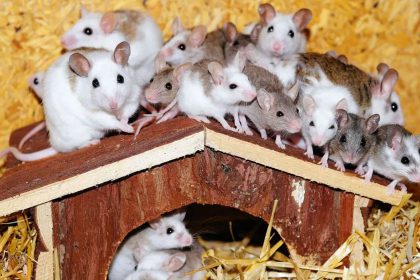 Roofing for Dummies
Roofing for Dummies
Roofing for Dummies – Common Roofing Terms Explained
Like any trade, roofing has a long list of technical terms that are everyday words for experts but can be like another language to the layperson. This not only means you may not understand what your roofing company is telling you, but also you might struggle to explain what you need.
While at Empire we do our best to communicate clearly, some technical terms are unavoidable. Here’s a rundown of the most common.
Types of Roof
- Pitched roof — a rood with sloping sides, rising to a ridge, most often of tiles or slates. They can be gable roofs, with two sloping sides and triangular sides, or hip roofs, with all four sides pitched.
- Flat roof — a horizontal covering (no more than a 15-degree pitch), usually covered with felt, which may be torched on.
Features of a Pitched Roof
- Ridge — the horizontal line where the sloped sides meet at the top, with V-shaped tiles forming the ridge and offering waterproofing protection.
- Truss — a triangular wooden frame providing support for the roof.
- Battens — strips across the joists that secure the tiles or slates, usually made of metal, wood or plastic.
- Fascia/Barge board — vertical boards below the bottom of a pitched roof, covering the gap.
- Soffits — horizontal boards between the fascia and wall, sealing the gap.
- Eaves — the bottom of a pitched roof, including the fascias and soffits outside and often used for storage inside.
- Dormer — a vertical window protruding from a pitched roof.
- Valley — the angle where two sloping roofs meet.
- Vents — openings, often in the soffits, to allow the interior space to be ventilated and avoid condensation.
Features of a Flat Roof
- Substrate/sheathing — the surface, often a timber deck, that the roof is laid on.
- Insulation — a layer principally to prevent heat escaping through the roof, but sometimes also used for sound-proofing or fire resistance.
- Vapour barrier — a layer to prevent moisture from escaping.
- Waterproofing — the outer layer, made from metal, asphalt, slate, tile, wood etc.
Features Common to Both
- Joists — the horizontal supports for the roof
- Underlay — a thin waterproof layer over the rafters, usually of asphalt or PVC sheeting.
- Void — the space between the underside of the roof and the ceiling, often the loft.
- Flashings — sheets typically set into the cement of walls or chimneys to protect joints. They are most often made of lead, though roofers sometimes use other materials.
These are just the most common roofing terms. You’re very welcome to give us a call if you’re mystified by any other terminology.
Read our previous blog post here.









